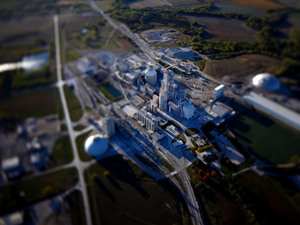I got this from my buddy Darryl Malek-Wiley. At:
https://www.facebook.com/profile.php?id=100001252051472
He has been a very active environmentalist in Southern Louisiana for 30 years. He got it here:
Atrazine in water tied to menstrual irregularities, low hormones
Women who drink water contaminated with low levels of the weed-killer atrazine may be more likely to have irregular menstrual cycles and low estrogen levels, scientists concluded in a new study. The most widely used herbicide in the United States, atrazine is frequently detected in surface and ground water, particularly in agricultural areas of the Midwest. The newest research, which compared women in Illinois farm towns to women in Vermont, adds to the growing scientific evidence linking atrazine to altered hormones.
 |
| University of Georgia |
| The herbicide atrazine is frequently detected in surface and groundwater, especially near cornfields in the Midwest. |
Environmental Health News
Women who drink water contaminated with low levels of the weed-killer atrazine may be more likely to have irregular menstrual cycles and low estrogen levels, scientists concluded in a new study.
The most widely used herbicide in the United States, atrazine is frequently detected in surface and ground water, particularly in agricultural areas of the Midwest. Approximately 75 percent of all U.S. cornfields are treated with atrazine each year.
The newest research, which compared women in Illinois to women in Vermont, adds to the growing scientific evidence linking atrazine to altered hormones.
The women from Illinois farm towns were nearly five times more likely to report irregular periods than the Vermont women, and more than six times as likely to go more than six weeks between periods. In addition, the Illinois women had significantly lower levels of estrogen during an important part of the menstrual cycle.
Tap water in the Illinois communities had double the concentration of atrazine in the Vermont communities’ water. Nevertheless, the water in both states was far below the federal drinking water standard currently enforced by the U.S. Environmental Protection Agency.
:}
It is a long article. I stopped at the mention of Illinois. Go there and read. More tomorrow.
:}



